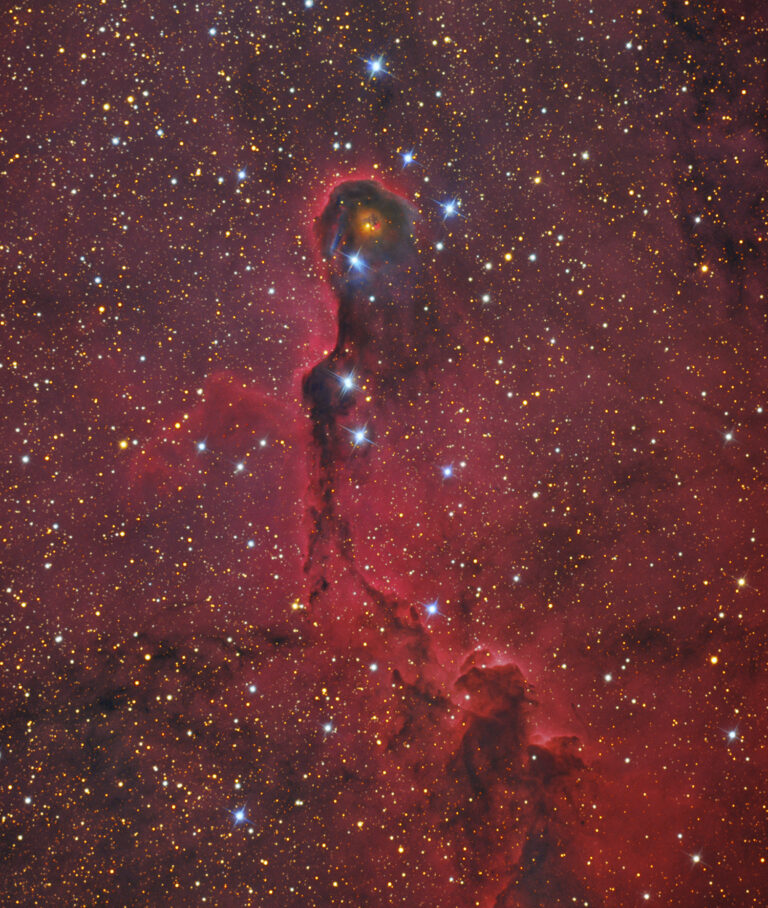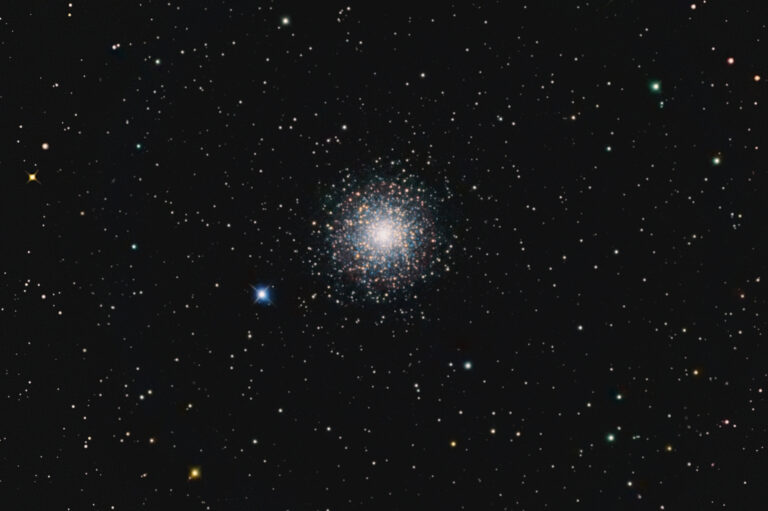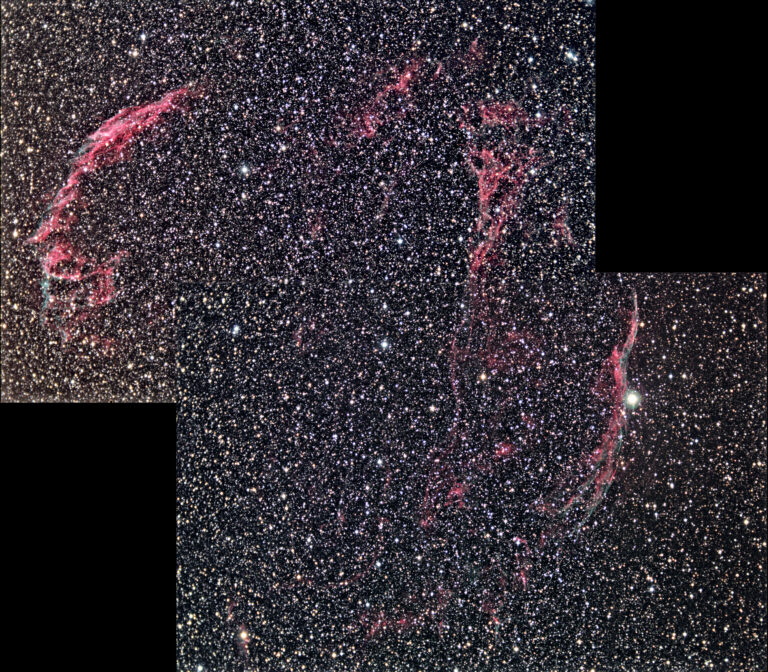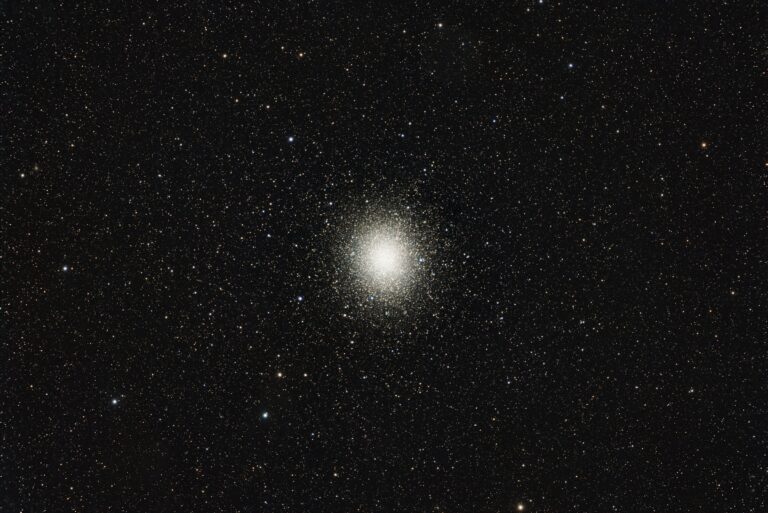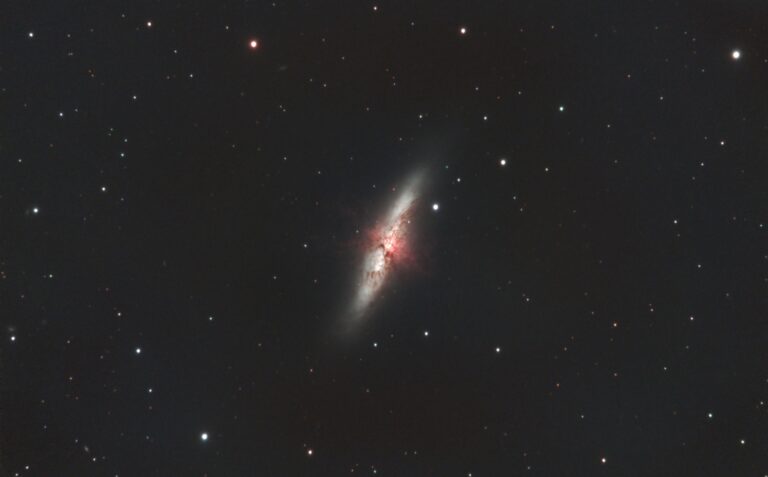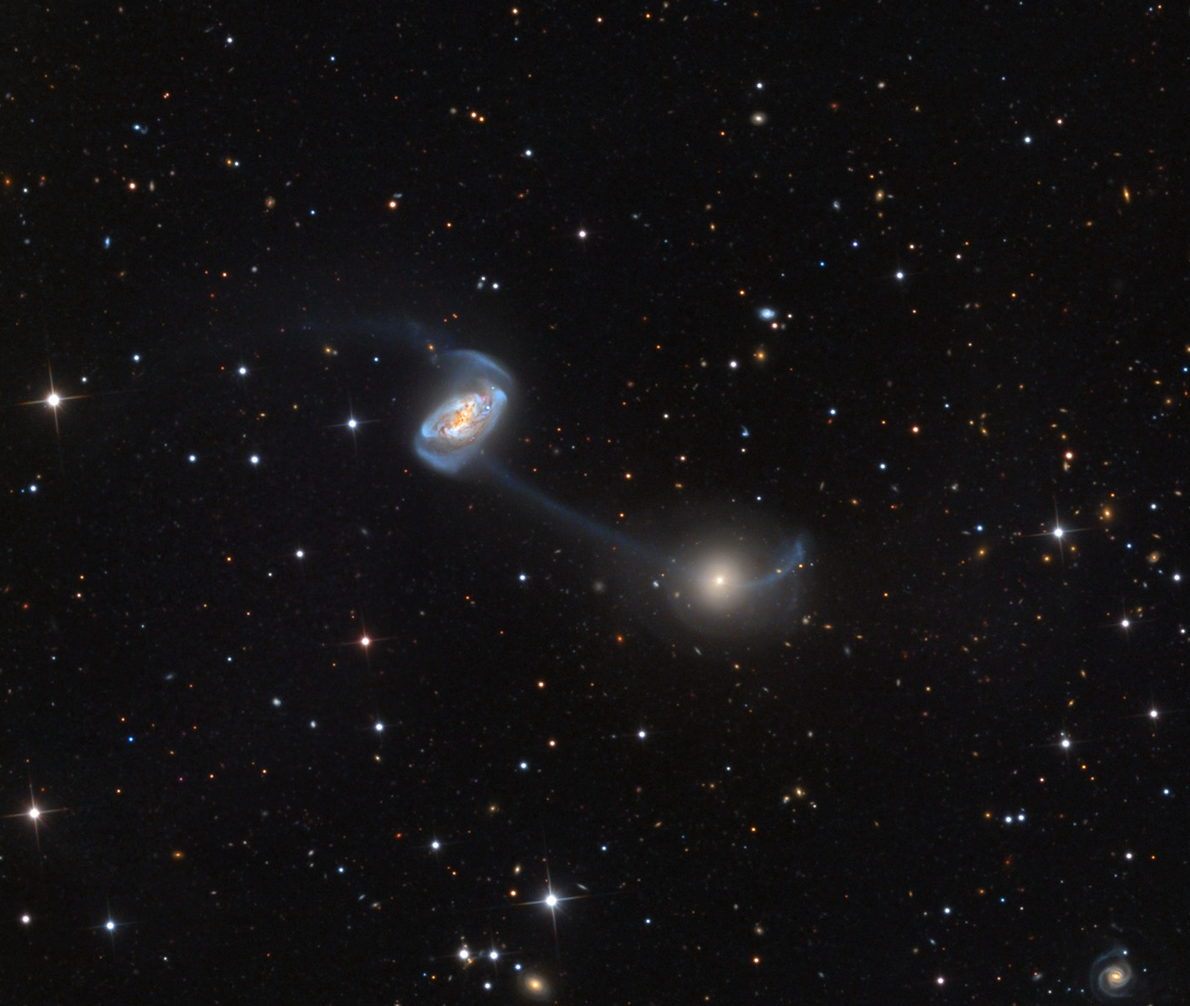
Key Takeaways:
- Many galaxies exist in gravitationally interacting systems, often merging over time despite the universe's overall expansion.
- Keenan's System (NGC 5216 and NGC 5218, or Arp 104), located in Ursa Major, exemplifies such an interacting galaxy pair.
- This system, composed of a barred spiral galaxy (NGC 5216) and a lenticular galaxy (NGC 5218), is characterized by a prominent 22,000-light-year luminous bridge connecting them.
- Keenan's System, discovered by William Herschel in 1790, was first analyzed by Philip C. Keenan in 1935, focusing on its distinctive luminous bridge.
The sky is filled with interacting galaxies — galaxies that are gravitationally intertwined and physically involved with each other, many of them merging into larger, distorted galaxies over time. This is a little counterintuitive, because at large scales the entire universe is expanding. But on smaller scales, gravity wins the game and brings matter together, especially in galaxy clusters. That’s how galaxies grow — larger ones eat their smaller neighbors. One such interacting galaxy pair in Ursa Major is called Keenan’s System, or alternatively, NGC 5216 and NGC 5218, or Arp 104.
Keenan’s System is named for the astronomer Philip C. Keenan, longtime professor of astronomy at The Ohio State University. Keenan was celebrated for collaborating with William W. Morgan on the Morgan-Keenan stellar classification system. One of our longtime editors, in fact, Michael Bakich, had Keenan as a professor in his college days!
NGC 5216 is a barred spiral and NGC 5218 a lenticular galaxy; the two are conjoined by a spectacular bridge of luminous material stretching 22,000 light-years long.
These galaxies glow rather faintly, at magnitudes 12.3 (NGC 5216) and 14.0 (NGC 5218), making this pair a pretty challenging object for visual observers even with moderately large scopes under a dark sky.
The system was discovered by William Herschel in 1790. In 1935, Keenan published the first paper analyzing the long, luminous bridge.

